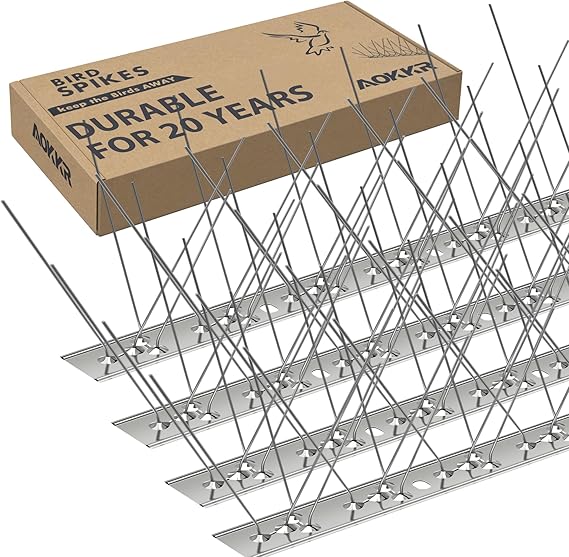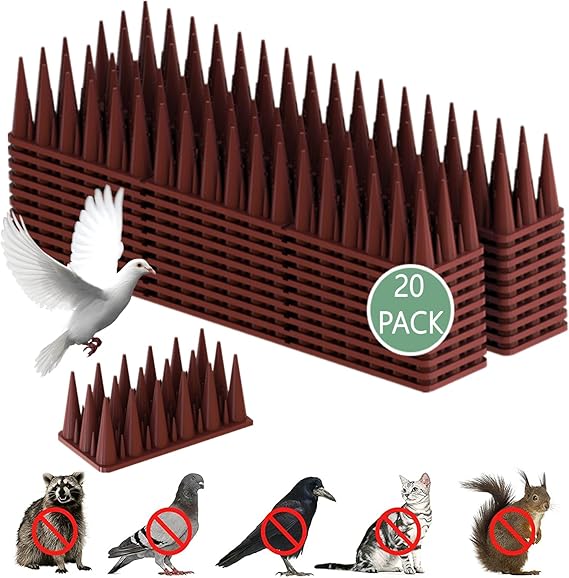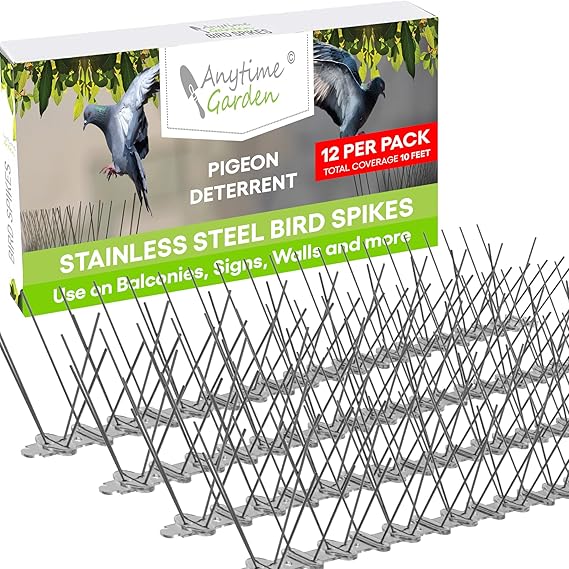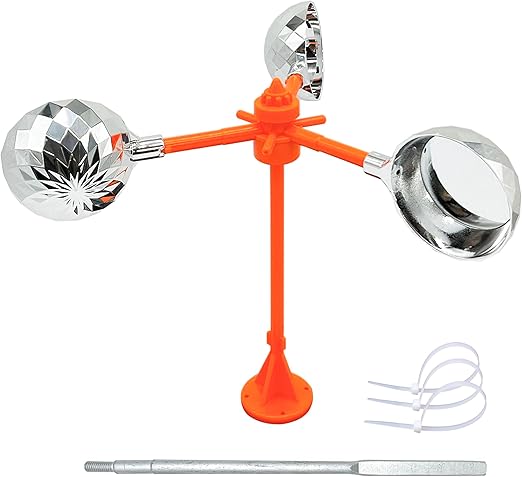Bird Control – Humane and Effective Solutions for Property Protection
Birds such as pigeons, gulls, starlings, and sparrows offer charm in the wild—but when they gather on buildings, ledges, rooftops, or balconies, they can cause significant problems. Their droppings carry health risks, damage materials, and foul surfaces while their nesting behavior can clog gutters and vents. At the same time, broad or aggressive deterrents often conflict with wildlife protection laws, so a balanced approach is essential.
Expert bird control focuses on safe, humane methods designed to discourage birds from staying or nesting without causing harm. By using physical exclusion techniques and sensory deterrents in combination, it is possible to protect property and maintain a clean, bird-free environment in a way that is legally compliant and socially responsible.
Understanding Bird Behavior and Control Methods
Birds settle in places that offer shelter, warmth, and food. They return year after year using the same favorite spots. To interrupt this pattern, effective control begins with understanding where and why birds gather. Once their preferred roosting or nesting sites are identified, targeted solutions can gently alter their behavior and steer them toward alternate areas.
Physical exclusion plays a key role in bird control. Soft netting over balconies or roof edges can block access to nesting spots. Thin wire systems or motion-sensitive tracks disrupt landing behavior by making surfaces unstable under a bird’s foot. Another method involves installing low-profile deterrents that make landing uncomfortable without inflicting harm. These approaches make undesirable sites inaccessible and push birds to move elsewhere over time.
At the same time, sensory-based deterrents help discourage birds from returning. Visual elements such as reflective panels, predator-shaped silhouettes, or moving foil strips create a sense of threat or disturbance. Acoustic systems emit distress calls or bird alarm sounds based on movement, creating audio disruption. Although birds may grow accustomed if these remain static, regularly changing their position or type maintains effectiveness.
Integrated Control for Consistent Results
An integrated strategy combining physical and sensory deterrents delivers the most reliable outcomes. By targeting specific problem areas—such as ventilation outlets, solar panel frames, or decorative ledges—and using exclusion first and sensory deterrents second, it becomes far easier to discourage repeated bird visits. Over time, birds learn that the treated location is unwelcoming, and gradually relocate to safer, more hospitable areas.
Timing also matters. The best interventions occur before nesting season begins, when sites are still empty and birds are more responsive to deterrents. Once nesting is underway, legal protections limit interference, so early action helps prevent escalation while staying within regulations.
Maintenance and adaptation are essential. Physical barriers should be checked regularly to ensure they remain secure and intact. Sensory deterrents work best when moved or rotated so birds do not become habituated. Even small adjustments—changing the angle of a reflector or moving a sound emitter—can restore effectiveness.
By following this measured, humane approach, property owners can regain control of outdoor spaces without harm to birds or violation of wildlife protection standards.
Why Choose Professional Bird Control Solutions
Custom assessments are the foundation of a successful program. A thorough site evaluation identifies hotspots where birds roost, nest, or feed—spotlighting areas most in need of intervention. Based on this, tailored installations are deployed: discreet netting to seal off open areas, low-profile spikes to reject landing surfaces, and movable sensory tools for reinforcement.
Working with trained technicians ensures devices are fitted correctly and safely, minimizing disruption or visual impact. The chosen solutions aim to blend seamlessly with architectural features rather than overpower them. After installation, follow-up visits help monitor performance and reapply treatments as needed, maintaining effectiveness through changing seasons.
Ultimately, humane bird control is about behaviour change—not elimination. By creating an unwelcoming environment in specific locations, birds naturally seek alternative resting places. This supports both property protection and urban wildlife harmony, preserving local ecosystems while safeguarding buildings.
In the end, good bird control provides peace of mind. It protects structures and surfaces, reduces cleaning costs, and ensures outdoor spaces remain liveable and inviting. With the right mix of exclusion, deterrence, timing, and maintenance, it is possible to maintain a bird-free property in a legal, ethical, and long-lasting way. Let me know if you’d like a version tailored around specific product types or services.









